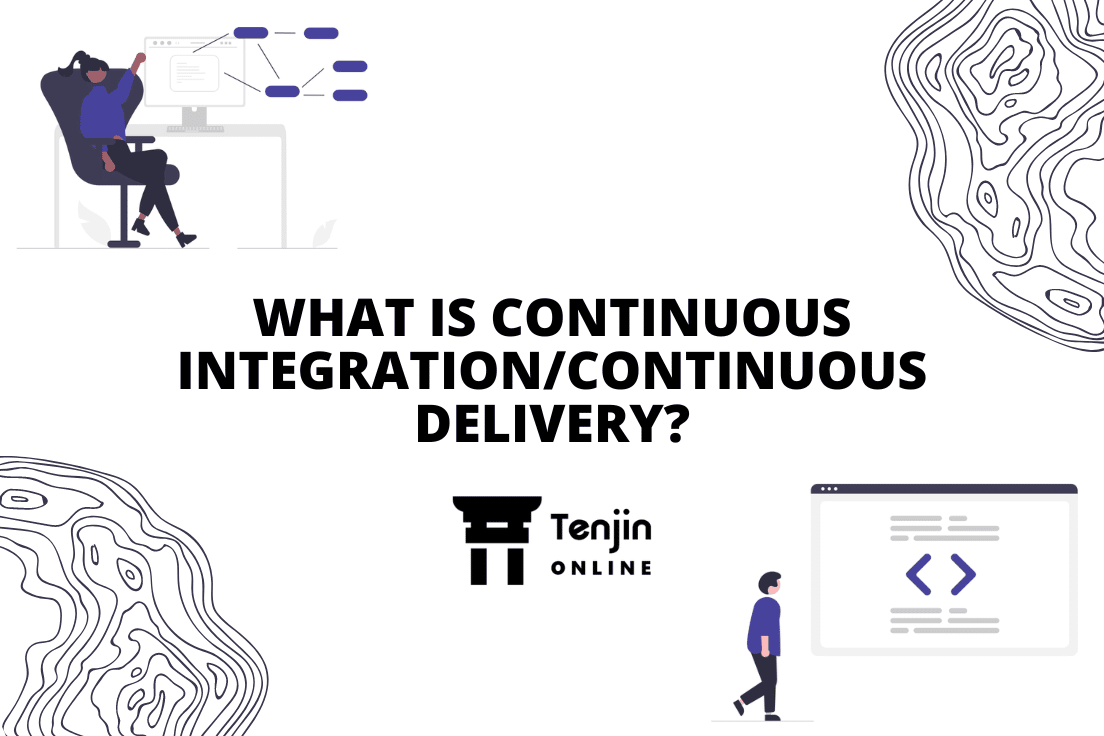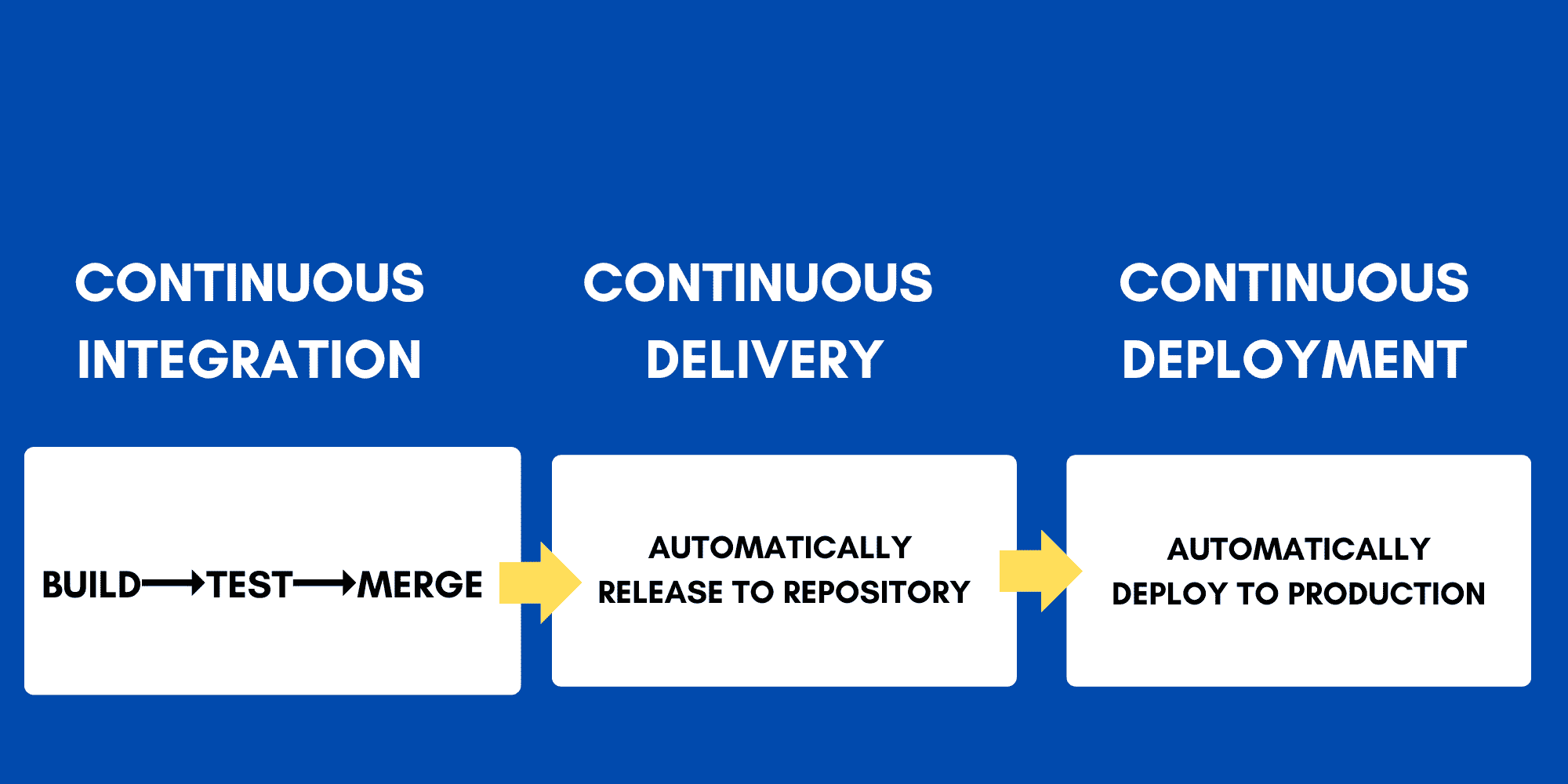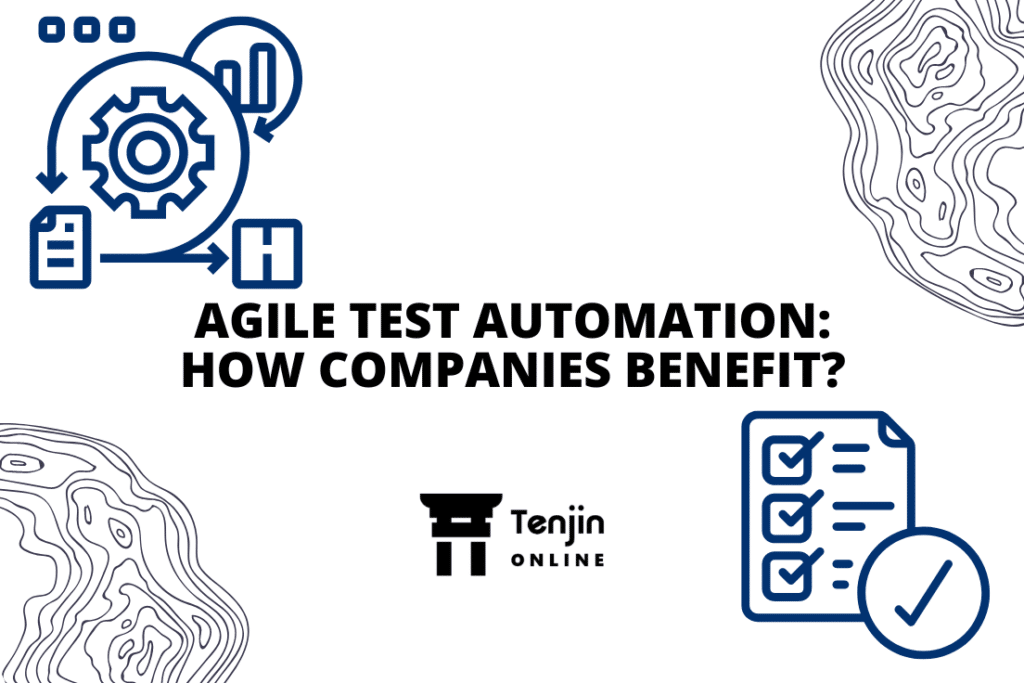
As modern processes of digitization and automation are rapidly emerging, organizations are facing challenges to adapt to the rapidly changing businesses, increasing security concerns, and eliminating scalability issues. There lies a huge gap in attaining stability with the rapid development in the advanced environments. Under such conditions, continuous integration (CI) and continuous delivery (CD) facilitate organizations to maintain stability, while delivering software quickly and efficiently.
CI/CD, undoubtedly, is important for modern development environment, however, maintaining quality across such complex pipelines are difficult. Hence, implementing testing across CI/CD is of higher significance to identify any bugs and resolve them before release. CI/CD is a complex and flexible environment, and by no means manual testing can do any justice. Test automation is implemented to align with the speed of development, and improve efficiency, agility, & resilience. Let’s understand continuous integration and continuous delivery in detail, and processes to improve quality.
Continuous Integration
Continuous integration is a software development practice that involves merging codes into a central repository. An automated build validates the code every time the developer fetches it from the repository. CI refers to the stage of software release involving integration that requires continuous monitoring to ensure the integration is seamless and functional. Here, emphasize is laid on the minor code changes done during integrating the software.
Developing software is a complex task which is subjects to pulling code from the central repository and running it on the build server, which may either be accepted or rejected.
Benefits of continuous integration:
- Regular code commits
- Staging builds
- Test categorization
- Test reliability
- Continuous monitoring and feedback
- Faster release
- Reduced cost
- Easy maintenance and updates
Continuous Delivery and Deployment
Continuous delivery (CD) is the process where the code changes are automatically built, tested, and prepared for production release. Here, all the code changes in the continuous integration process are deployed in either production environment or testing environment or both. Continuous delivery is fully automated process which may need manual support only for setup and analysis. A well-implemented continuous delivery process keeps the software ready for deployment. On the other hand, continuous deployment is a process of revision and feedback by the developer for product improvement.
Benefits of continuous delivery
- Identify bugs faster
- Deliver faster updates
- Improve productivity
- Automate release
- Improve code quality
CI/CD Pipeline
CI/CD is the pipeline that drives the development process by building, testing, and deploying code. It is implemented to support the frequent changes of the software delivery process of the DevOps workflow. Unlike the other developmental systems, this is an iterative methodology that allows the teams to make changes before moving on to the next sprint. There are many SaaS-based platforms available in the market to test applications across the complex CI/CD workflow, Tenjin Online is one of the finest. It automates the testing process with its truly codeless approach and requires no technical skills to carry out execution, making is the most easy-to-use test automation platform.
CI/CD pipeline is characterised by automation to ensure the quality is not compromised. Test automation is implemented across the workflow system to test unit integration, API usage, and end-to-end working of the application. The automation process ensures to improve the quality, and faster deployment and delivery, while improving the efficiency.
CI/CD forms the core of agile, DevOps methodology, that helps organizations move ahead of their competitors by releasing codes at a faster rate.

The workflow of CI/CD pipeline includes:
Build: Creating and compiling of code involves in the build stage, here, the source code is built, and new code is integrated in the event of any defect.
Testing: Testing stage involves testing the code, majorly including unit testing, integration testing, and regression testing. Testing is mostly done in automated manner to avoid manual error, increase efficiency, and reduce time & cost.
Delivery: Delivery stage involves sending an approved codebase to the production environment.
Deployment: The changes are deployed in this stage and moved to production; this is an automated stage.
Effective results can be achieved only by implementing test automation practices. Automating testing will support the complex, iterative, and dynamic CI/CD pipeline to yield the required quality. It is an integral part of the CI/CD pipeline that allows real-time updates and ensures the quality is top-notch before deployment and delivery.
Significance of CI/CD Pipeline
CI/CD process for software development helps in the following:
- CI/CD facilitates modern methodologies like test automation that saves a fortune which otherwise gets invested in conventional methodologies.
- It reduces time of deployment through test automation, which eventually reduces the cost and effort, while improving the efficiency. The whole set-up in the Cloud environment enables identifying any bugs and making the changes within no time.
- CI/CD pipeline improves team collaboration making it easy for any team member to make changes in the code and update it real-time.
- Continuous integration process across the CI/CD pipeline can give rise to frequent defects, this is eliminated by incorporating test automation.
Conclusion
CI/CD is a critical implementation in the DevOps cycle, and the associated tools automate the development, testing, and deployment. Some tools help in automating continuous integration, while others help with the automation of continuous deployment. However, test automation is vital to maintain the quality of the application across CI/CD pipeline. One of the efficient test automation tools for DevOps environment is Tenjin Online. It is the world’s most advanced Cloud native testing suite covering a wide gamut of capabilities – test life cycle management, codeless automation for web and mobile, DevOps integration, device farm integration, defect management integration and many more exciting features. It is a codeless test automation solution found effective for testing all kinds of web, Android, and iOS applications.


Leave a Reply
You must be logged in to post a comment.